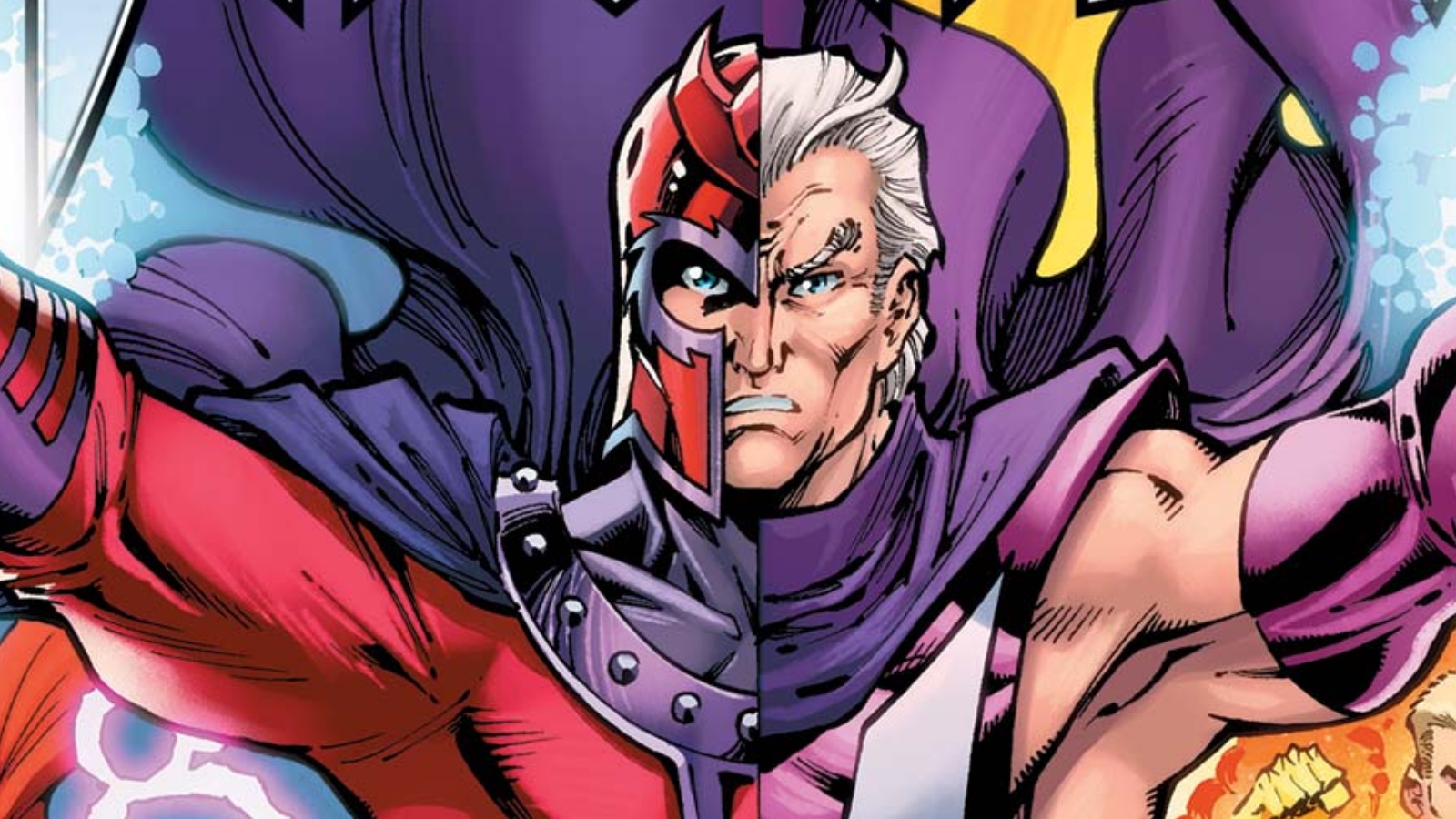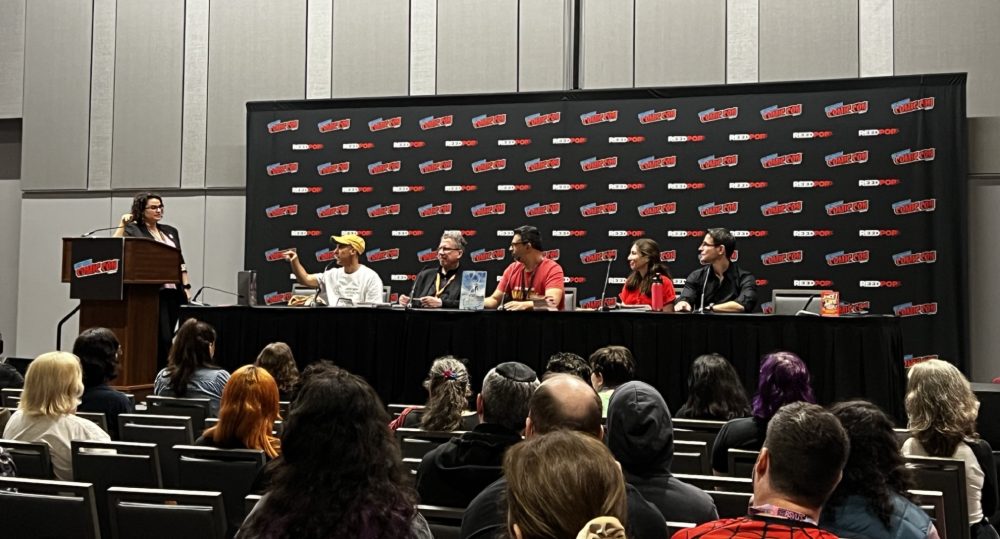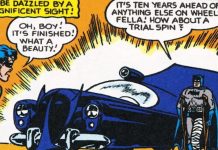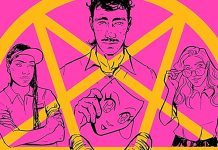by Noam Steinerman
New York Comic Con 2023 featured an engaging panel, “Jewish Identity in Comics Outside the Holocaust.” Moderated by Dr. Miriam Mora, a Historian of Jewish Culture and Identity and co-creator of JewCE—a comics and pop culture convention celebrating diverse Jewish themes, characters, and narratives in sequential art—the panel featured comics creators and historians including Alisa Kwitney, Jordan B. Gorfinkel, Danny Fingeroth, Fabrice Sapolsky, and Roy Schwartz.
“It’s good to hear from different creators and different opinions; there is a need for real Jewish diversity,” said Dr. Mora.
What is a Jewish Comic? “I know it when I see it,” said Fingeroth. Dr. Mora then posed the question: What is your favorite character and how is their Jewishness identified? Fingeroth shared his favorite Jewish comic character from American Splendor: “Harvey Pekar. That’s my character that I identify with more than Ben Grim or Peter Parker.”
Kwitney shared that her intro to Jewish representation in comics was when she discovered the X-Men in college. Finding out that Kitty Pryde was Jewish and from Westchester resonated with her. Technically Kitty is from Deerfield, Illinois, but the Xavier Institute is located in Westchester, New York.
For Sapolsky, it was the French comic, The Rabbi’s Cat.
Schwartz spoke on how he related to Captain America, a character whose history is based on Jack Kirby’s childhood. Kirby, however, was also pushed around for being Jewish, not just for being a scrawny kid.
Next, Dr. Mora asked: How do you introduce a character as Jewish?
Kwitney answered, “through humor.” What makes it distinct? Yiddish is often part of it. The rhythm of speaking is key. Characters will have the back-and-forth banter. Humor is a tool and at the same time, a defense. There is something very Jewish about that, something very cynical.
Jordan B. Gorfinkel AKA Gorf shared key aspects of any Jewish comic, specifically that people should be a light unto the nations. If we have the honor to share our work, we also have a responsibility to represent ethics and morals. It can be comedy, unexpected genres, or it could be about history.
Fingeroth noted that when speaking about Jewish representation in comics, people often think of the Holocaust, e.g. Art Spiegelman’s award-winning memoir about the Holocaust, Maus. That said, Jewish stories and themes in contemporary comics go beyond Maus and Magneto, a Jewish Holocaust survivor.
The panel brought together comic historians, creators, and readers in a fascinating discussion that revealed how comics are a good medium for new, diverse Jewish representation in the media.
This year’s JewCE will take place November 11-12 at the Center for Jewish History in New York City.












